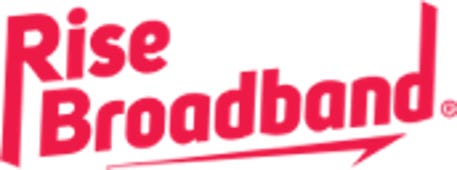 Or call to learn more: (855) 292-6560
Or call to learn more: (855) 292-6560
 Or call to learn more: (877) 215-6970
Or call to learn more: (877) 215-6970
 Or call to learn more: (855) 292-6560
Or call to learn more: (855) 292-6560
 Or call to learn more: (877) 215-6970
Or call to learn more: (877) 215-6970
 Or call to learn more: (855) 758-2133
Or call to learn more: (855) 758-2133
 Or call to learn more: (833) 217-7369
Or call to learn more: (833) 217-7369
Mediacom – Best cable ISP for rural areas
What is the average internet speed in rural areas?
Is rural internet fast enough for streaming?
Is Viasat or HughesNet better for rural areas?
Will internet service in rural areas get any better?
When will 5G be available in rural areas?